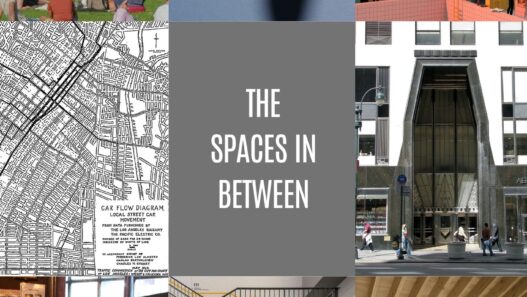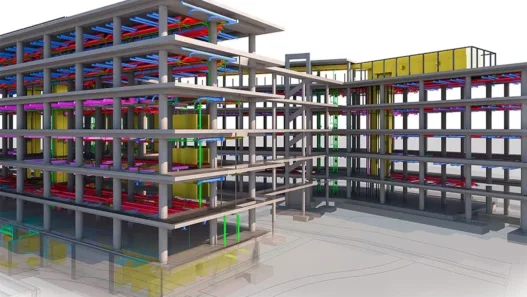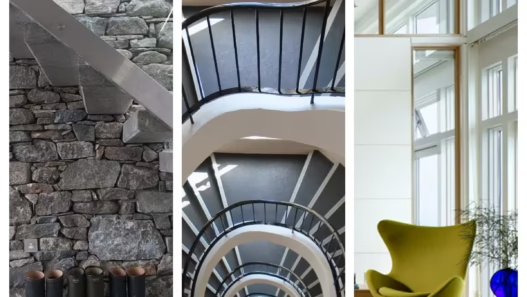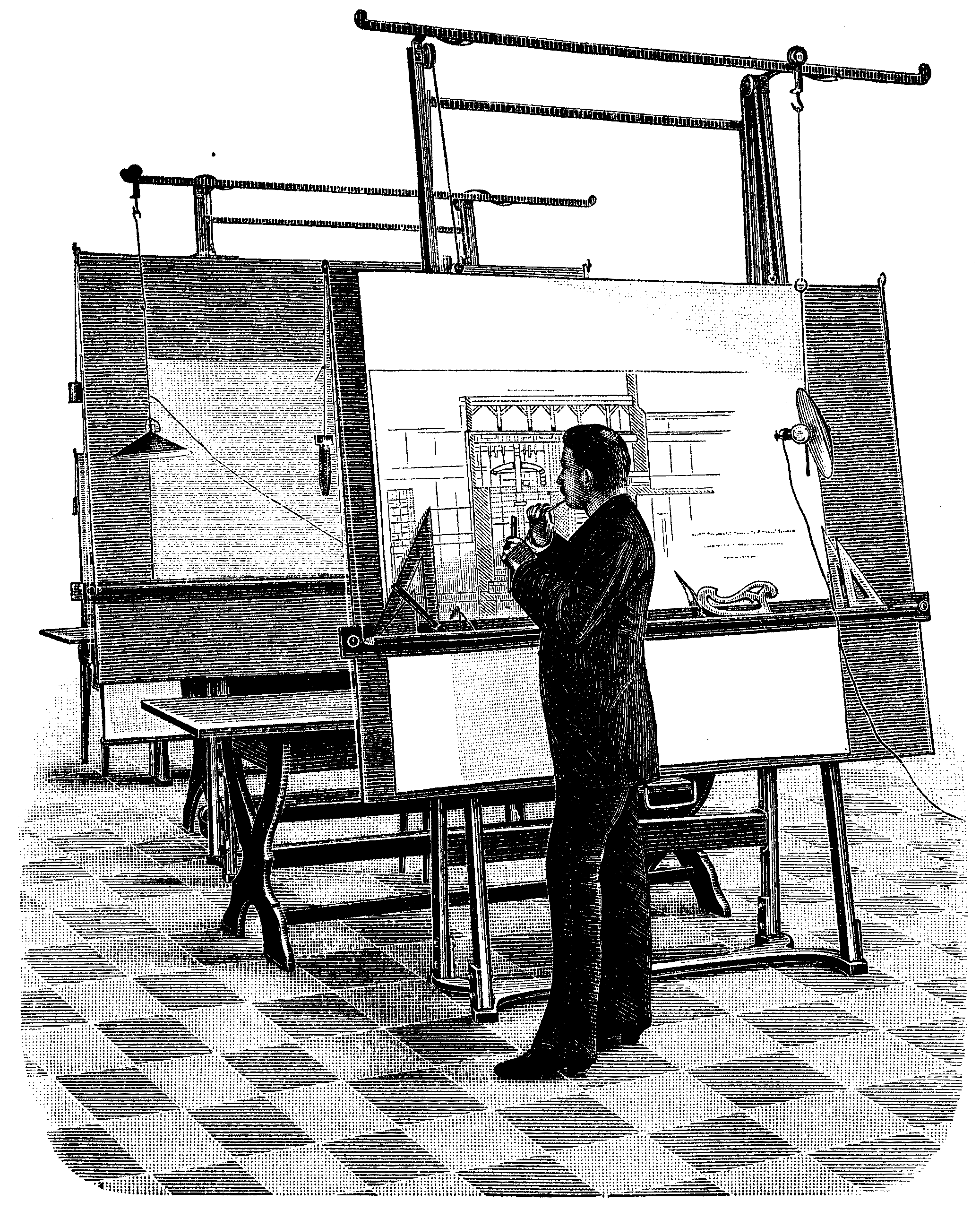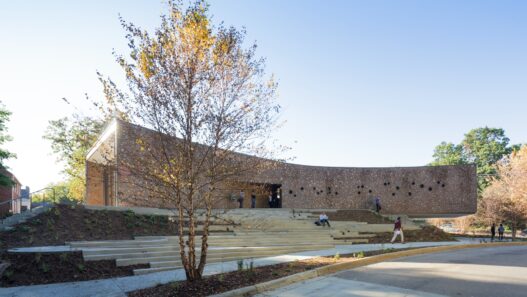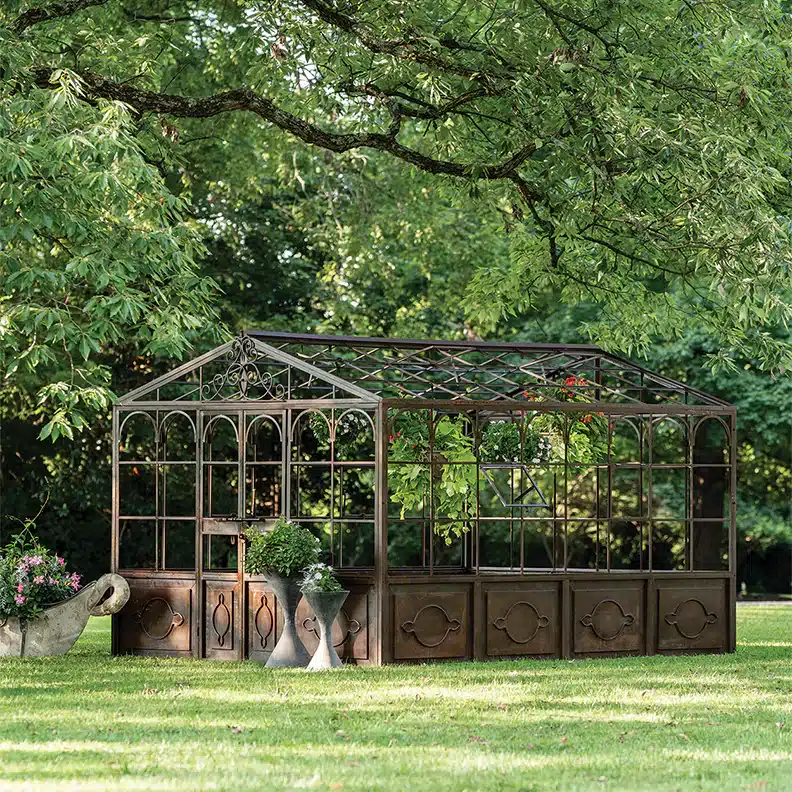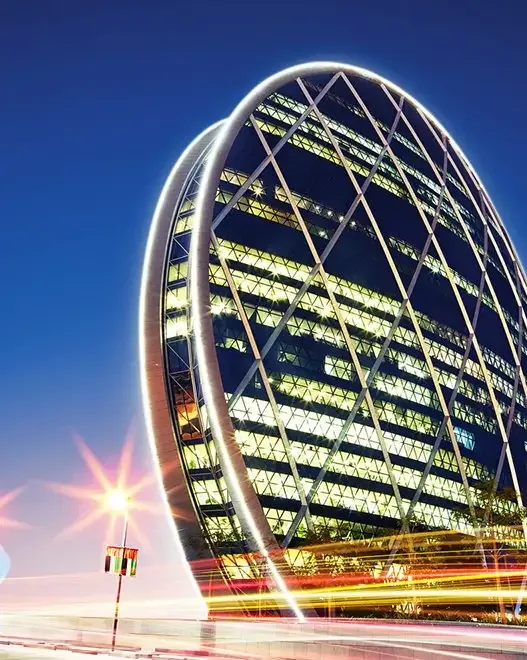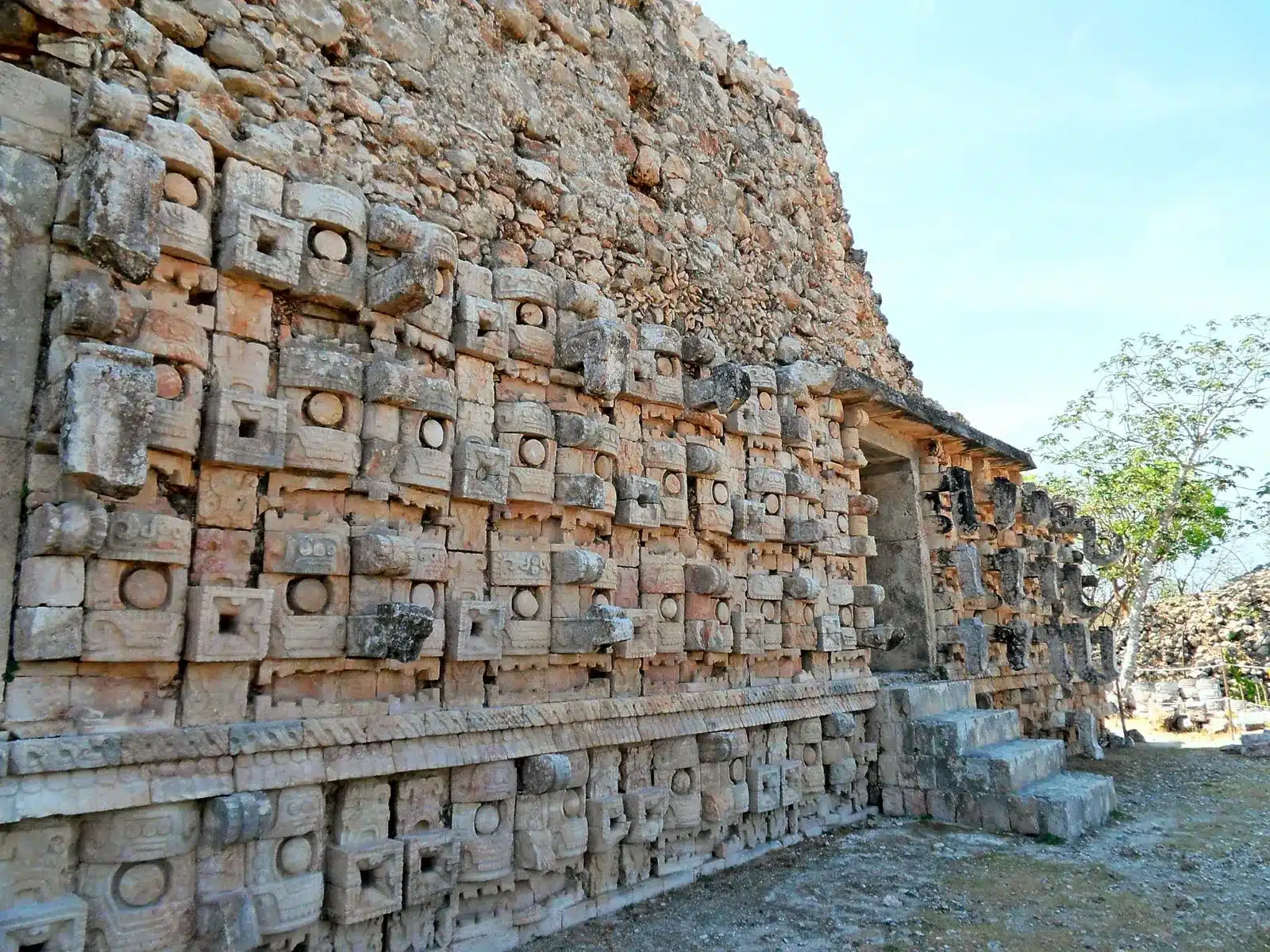Scandinavian architecture is a fascinating blend of simplicity, functionality and a deep connection with nature. Originating from the Nordic countries – Sweden, Denmark, Norway, Finland and Iceland – this architectural style reflects the region’s unique cultural heritage, historical development and environmental influences. Known for its clean lines, minimalist aesthetics and practical designs, Scandinavian architecture has gained international acclaim and significantly influenced global architectural trends. This research explores the historical context of Scandinavian architecture, its distinctive features, geographical influences, modern adaptations and the vital role of natural light, revealing why this architectural style resonates so deeply with people around the world.
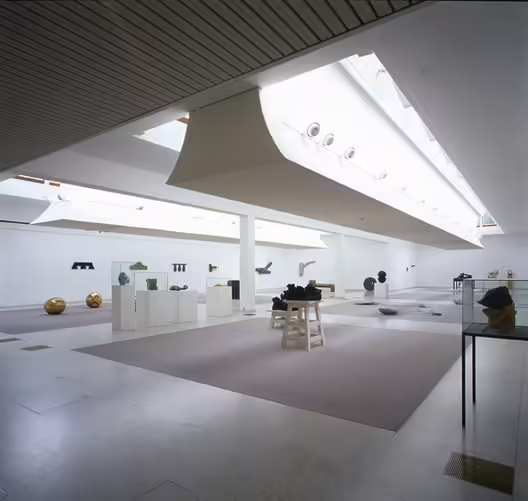
Historical Context
The roots of Scandinavian architecture go back to antiquity, with influences from Viking longhouses and medieval wooden churches. The Viking Age emphasized practicality and resourcefulness through the use of local materials and simple but sturdy construction. As time progressed, especially in the 18th and 19th centuries, the region witnessed the emergence of neoclassical styles that introduced larger forms and motifs.
The early 20th century marked an important turning point with the rise of functionalism, a movement that emphasized practicality and simplicity. Architects such as Alvar Aalto and Gunnar Asplund began to integrate modernist principles with traditional forms, leading to the development of what we know today as Scandinavian design. This historical evolution reflects a continuous dialogue between tradition and modernity, with a strong emphasis on sustainability and community well-being.
Key Features
Scandinavian architecture is famous for its minimalism and functionality. Key features include clean lines, open spaces and a focus on craftsmanship. Buildings often feature large windows that create a seamless connection with the outdoors and allow natural light to flood the interiors. The materials used are often local and sustainable, such as timber, stone and glass, reflecting both the landscape and the region’s commitment to environmental stewardship.
The color palettes tend to be muted; whites, grays and earth tones predominate, creating a relaxing atmosphere. This aesthetic is not just about beauty; it also serves a practical purpose, as lighter colors can brighten spaces during long, dark winters. The emphasis on simplicity extends to furniture and décor and supports a clutter-free environment that encourages mindfulness and tranquility.
Influence of Geography
The geographical features of Scandinavia play an important role in shaping its architectural style. The region is characterized by vast forests, rugged mountains and an extensive coastline, which influenced the choice of materials and building techniques. For example, the abundance of timber has led to its widespread use in construction, especially housing.
Moreover, the harsh climate, characterized by long winters and short summers, requires designs that prioritize warmth and insulation. This has resulted in innovative solutions such as thick walls and triple-glazed windows that increase energy efficiency. The unique interplay between the built environment and the natural landscape fosters a deep respect for nature in Scandinavian architecture, promoting designs in harmony with their surroundings.
Modern Adaptations
In recent years, Scandinavian architecture has evolved to meet contemporary challenges such as urbanization and climate change. Architects are increasingly focusing on sustainable practices using renewable energy sources, green roofs and environmentally friendly materials. The concept of “biophilic design”, which aims to connect people with nature, is becoming more common, with buildings featuring indoor gardens and natural ventilation systems.
Urban areas are also embracing mixed-use developments that prioritize community living and accessibility. Projects such as the Copenhagen Harbour Baths exemplify how modern architecture can enhance public spaces while encouraging social interaction and environmental sustainability. These adaptations show that Scandinavian architecture is not static, but continues to innovate and respond to the needs of society.
The Importance of Natural Light
Natural light is a cornerstone of Scandinavian architecture and deeply influences both the aesthetic and emotional aspects of design. With long periods of darkness during the winter months, maximizing daylight becomes essential to creating inviting and uplifting spaces. Large windows, skylights and open floor plans are common features that help bring the outside in, encouraging a sense of well-being and connection to nature.
The careful use of natural light also reflects a cultural appreciation for simplicity and clarity. It enhances the beauty of materials and creates dynamic, changing environments throughout the day. Architects often consider the path of the sun when designing spaces, ensuring that light plays a central role in the experience of a building. This emphasis on natural light not only enhances the quality of life for the occupants, but also coincides with the Scandinavian philosophy of living in harmony with the environment.
In short, Scandinavian architecture is more than a design style; it is a philosophy that emphasizes harmony with nature, functionality and the well-being of society. Its historical roots, distinctive features and modern adaptations continue to inspire architects and enthusiasts worldwide, making a significant impact on the global architectural landscape.
Design Principles for Natural Light
Natural light is a vital element in architectural design, affecting not only the aesthetic appeal of spaces, but also their functionality and mood. Utilizing sunlight can transform an ordinary room into a vibrant environment and enhance the well-being of its occupants. In this exploration of design principles for natural light, we will examine the various strategies architects and designers use to maximize daylight in buildings and create harmonious relationships between interiors and the natural world outside.
Open Floor Plans
Open floor plans have gained popularity primarily for their ability to create airy, spacious environments that facilitate the flow of light. By minimizing walls and barriers, these designs allow sunlight to penetrate deeper into interiors. This not only brightens the atmosphere, but also encourages a sense of connection between different spaces, making them feel larger and more inviting.
Imagine stepping into a home where the kitchen, dining and living areas blend seamlessly together and are all bathed in natural light. This design approach encourages social interaction and movement while reducing the need for artificial lighting throughout the day. In commercial spaces, open floor plans can foster collaboration among employees, as natural light enhances creativity and productivity. The transparency and openness created by these layouts invite the outdoors in, blurring the lines between indoors and outdoors.
Large Windows and Glazing
The use of large windows and wide glazing is another critical principle in maximizing natural light. Windows function not only as gateways to the outside world, but also as conduits for light. When strategically placed, large windows can flood spaces with sunlight, creating a bright and energizing atmosphere.
Consider the iconic glass facades of modern skyscrapers. These structures create a dynamic interplay of light and shadow by using large glass panels to reflect the sky and surroundings. In residential designs, floor-to-ceiling windows can transform a living room into a sun-drenched paradise, providing stunning views while reducing dependence on artificial lighting. In addition, advances in glazing technology, such as double or triple glazing, improve energy efficiency and provide a balance between light and thermal comfort while maintaining aesthetic appeal.
Orientation and Location
The orientation of a building in relation to the sun is crucial in utilizing natural light. By understanding the sun’s path through the day and the seasons, architects can position buildings to maximize the use of sunlight. For example, placing living spaces on the south side of the building will ensure plenty of sunlight throughout the day, while bedrooms can be oriented to the east to capture the soft morning light.
Location also plays a very important role. A building nestled among tall trees or surrounded by other structures may struggle to capture natural light. Thoughtful site analysis can help identify the most suitable locations for new developments, allowing them to take advantage of sunlight without compromising the surrounding ecosystem. This approach not only enhances the livability of the building, but also respects the landscape, creating a harmonious balance between architecture and nature.
Reflective Surfaces
Incorporating reflective surfaces into a design can significantly enhance the effects of natural light. Surfaces such as mirrors, polished floors and light-colored walls can reflect sunlight around a room, increasing its brightness without the need for additional windows or fixtures. This principle is particularly effective in small spaces where maximizing light can make a dramatic difference.
Imagine a compact apartment with strategically placed mirrors that reflect sunlight from a single window, creating a sense of openness and warmth. In larger commercial spaces, reflective materials can enhance the ambience, making rooms feel alive and vibrant. This technique not only enhances aesthetic appeal, but also contributes to energy efficiency as it reduces the need for artificial lighting during daylight hours.
Outdoor Spaces and Integration
Integrating outdoor spaces into architectural designs is a powerful way to increase natural light and create a seamless connection between indoor and outdoor environments. Verandas, balconies and gardens not only provide aesthetic value, but also allow light to penetrate deeper into the interior. When thoughtfully designed, these spaces can act as extensions of living spaces and invite residents to interact with nature.
Consider a home where large sliding doors open onto a spacious deck surrounded by greenery. This design allows natural light to flood in, while also offering a sanctuary for relaxation and social gatherings. In urban settings, rooftop gardens and terraces can offer residents a slice of nature, enhancing their well-being while illuminating the spaces around them. This integration fosters a sense of community and enhances the overall living experience by promoting a lifestyle that embraces both indoors and outdoors.
Ultimately, design principles for natural light are not only technical strategies, but also philosophical approaches that celebrate the relationship between architecture and the environment. By embracing open floor plans, expansive glazing, thoughtful orientation, reflective surfaces and outdoor integration, architects can create spaces that are not only visually stunning but also nurturing and sustainable. The result is a built environment that is in harmony with nature and enriches the lives of its inhabitants.
Case Studies of Iconic Buildings
Exploring iconic buildings offers a glimpse into the creative minds of the architects who shaped our environment. These structures tell the stories of their time, embodying cultural values and technological advances. Each case study reveals the unique design principles, historical significance and impact these buildings had on their communities. Let us now examine some remarkable examples.
Villa Mairea
Designed by renowned Finnish architect Alvar Aalto in 1939, Villa Mairea stands as a testament to the harmonious blending of modernism and nature. Located in Noormarkku, Finland, this private residence was built by Maire and Harry Gullichsen, who wanted a home that reflected their lifestyle and fondness for art.
Aalto’s design philosophy is centered around human experience and interaction with the environment. Villa Mairea seamlessly integrates with its lush surroundings, using natural materials such as wood and stone. The layout encourages fluid movement between spaces with large windows framing stunning views of the landscape. The interaction of indoor and outdoor spaces is evident, as terraces and gardens extend the living space towards nature.
This building is not just a house; it embodies Aalto’s belief in architecture as a living organism. The use of organic forms and the careful organization of spaces encourage a sense of comfort and tranquility. Villa Mairea has influenced countless architects and demonstrated how thoughtful design can enhance both personal and communal experiences.
Oslo Opera House
Completed in 2007, the Oslo Opera House is a striking example of contemporary architecture transforming the waterfront of the Norwegian capital. Designed by the architecture firm Snøhetta, the building resembles a glacier rising from the fjord and symbolizes the connection between nature and culture.
Visitors are drawn to its unique sloping roof, which invites them to walk upwards and enjoy panoramic views of the city and the surrounding waters. The design incorporates sustainable materials and energy-efficient systems that reflect modern priorities in architecture. State-of-the-art acoustics and multiple performance spaces inside the opera house make it a center for artistic expression.
Oslo Opera House is not just a venue for performances; it serves as a public space that encourages community participation. It has become a meeting point for locals and tourists alike, blurring the lines between architecture and urban life. This project is an example of how architecture can promote cultural identity and social cohesion while respecting the environment.
Aalto’s Villa Tammekann
Another masterpiece by Alvar Aalto, Villa Tammekann showcases his innovative approach to residential design. Built for Finnish artist Aino Aalto and his wife, the house reflects both functionality and aesthetic appeal. Located in rural Finland, Villa Tammekann is characterized by its organic shapes and use of natural materials.
One of the most important features of this villa is the open floor plan that encourages interaction between family members. Large windows allow plenty of natural light into the interiors, connecting the residents with the surrounding landscape. Aalto’s attention to detail is evident in the custom furniture and built-in elements that enhance the functionality of the home.
Villa Tammekann demonstrates how architecture can serve as both a personal sanctuary and a canvas for artistic expression. It is an important landmark in Aalto’s oeuvre, as its design not only respects the environment but also reflects Finland’s cultural heritage.
Rotating Body
Completed in 2005, the Turning Torso in Malmö, Sweden is a striking example of modern skyscraper design. Designed by Spanish architect Santiago Calatrava, it is the tallest building in Scandinavia with a height of several meters. Its unique twisting form is inspired by the human body in motion, embodying Calatrava’s fascination with organic shapes.
The Rotating Body is composed of nine parts, each gently rotating to create a dynamic spiral effect. This innovative design not only makes the building visually striking, but also enhances its structural integrity. The use of glass and steel allows for breathtaking views of the Öresund Strait and the city beyond.
Redefining Malmö’s skyline, this building has become a symbol of modernity and progress. It serves as residential space and houses offices, becoming a vibrant part of the urban fabric. The Turning Torso inspires the next generation of architects and urban planners by showing how architectural innovation can transform a city.
The Nordic Light Hotel
The Nordic Light Hotel in Stockholm, Sweden is a prime example of how architecture can create a unique atmosphere and enhance the guest experience. Designed by the architecture firm “Tengbom”, the hotel is known for its emphasis on light and color, the main themes of Scandinavian design.
The hotel features a striking exterior that reflects the changing light throughout the day, creating a dynamic visual experience. Inside, the use of bright colors and contemporary furnishings create a warm and vibrant atmosphere. Each room is designed to maximize natural light with large windows offering spectacular views of the city.
Nordic Light Hotel is more than just a place to stay; it embodies Scandinavian design principles that prioritize functionality, simplicity and beauty. A favorite among travelers, the hotel has become an unforgettable destination in the heart of Stockholm, demonstrating how thoughtful architectural design can enhance the overall experience of a space.
Ultimately, these iconic buildings reflect the different approaches architects have taken to create spaces that resonate with their surroundings and communities. Each case study highlights the interplay between form, function and environment and offers valuable lessons for future architectural endeavors.
4. The Role of Materials in Light Transmission
The interaction between materials and light is one of the most fascinating aspects of architecture. Not only do materials shape the aesthetics of a space, they also influence how light interacts with it. This relationship can enhance ambience, create moods and affect our overall experience in a built environment. Understanding how different materials transmit, reflect or absorb light is crucial for architects and designers who want to create spaces that feel both inviting and functional.
Glass and Transparency
Glass is often touted as the ultimate material in terms of light transmission. Its clarity allows natural light to flood the interior, creating light and airy spaces that feel connected to the outside world. This transparency blurs the boundaries between indoor and outdoor environments, making spaces feel larger and more open. Modern architecture often uses large glass panels to achieve this effect, exemplified in structures such as the Louvre Pyramid in Paris or Apple Park in Cupertino, California.
But glass is not just about clarity. Whether clear, frosted or tinted, the choice of glass can change how light behaves within a space. For example, frosted glass diffuses light, allowing for illumination while providing privacy. Tinted glass reduces glare and heat, making it ideal for buildings in sunny climates. The innovative use of smart glass, which adjusts its transparency according to light or temperature, represents a cutting-edge advance in the role of this material in architecture, providing dynamic environments that adapt to changing conditions.
Wood and Warmth
While glass is dominant in terms of light transmission, wood adds a different value to architectural design. Its natural texture and warmth create a relaxing atmosphere, inviting people to interact with their surroundings. Wood has a unique ability to absorb light, giving spaces a soft, diffused glow. This makes it particularly effective in residential settings where a cozy ambience is desired.
Architects often use wood in various forms, from structural beams to wall panels, to add warmth and character. The widespread use of wood in Scandinavian design exemplifies how this material fosters a sense of tranquility and connection to nature. Furthermore, the interplay of light and shadow on wooden surfaces can create dynamic visual effects, enhancing the overall aesthetic of a space. The sustainable use of wood, when sourced responsibly, is also in line with contemporary values of environmental stewardship, making it an even more attractive choice for modern architecture.
Sustainable Materials
As the architectural community increasingly prioritizes sustainability, the role of materials in light transmission is expanding into the realm of eco-friendliness. Sustainable materials such as recycled metals, bamboo and rammed earth are being investigated not only for their environmental benefits, but also for their effect on light.
For example, rammed earth walls made from rammed earth have the unique ability to reflect and absorb light, increasing thermal mass and helping to regulate indoor temperatures. Similarly, the natural translucency of bamboo allows it to transmit light beautifully while providing structural integrity. These materials contribute to energy efficiency, reducing the need for artificial lighting and climate control.
Innovative approaches, such as the use of light-reflecting coatings on surfaces, can further enhance the performance of sustainable materials, maximizing natural light while minimizing energy consumption. As architects continue to seek solutions in harmony with nature, the discovery of sustainable materials will play an important role in shaping the future of light-filled spaces.
Textures and Patterns
The texture of a material significantly affects how light interacts with it. Smooth surfaces tend to reflect light evenly, while rough or textured materials create a play of light and shadow that can add depth and interest to a space. This dynamic can be seen in architectural elements such as textured concrete or patterned tiles, which can transform a flat surface into a captivating visual experience.
Textures can also evoke certain emotions or reactions. For example, a rough stone wall can feel rustic and down-to-earth, while a polished marble surface can exude elegance and sophistication. The thoughtful application of texture in design can guide movement through a space, highlight certain areas and create focal points that draw the eye.
Patterns also contribute to the way light is transmitted. Often made from perforated materials, architectural screens allow light to filter through in intriguing ways, casting playful shadows and creating a sense of rhythm. These designs not only enhance aesthetics, but can also serve practical purposes, such as providing privacy while maintaining illumination.
Color Options and Light Reflection
Color plays a crucial role in how light is perceived in any space. Lighter colors reflect more light, making rooms feel bright and spacious, while darker colors can absorb light, creating intimacy and warmth. The strategic use of color can significantly affect the atmosphere of an environment.
In contemporary architecture, the trend of using bold colors can energize spaces, while soft, muted tones often create calm and serene environments. For example, bright white walls can increase natural light, making a small room feel larger. Conversely, deep blues or greens can envelop a space in tranquility, ideal for bedrooms or meditation spaces.
Furthermore, the reflective properties of different colors can also affect energy efficiency. Light-colored roofs and walls can reduce heat absorption, contributing to cooler indoor climates and reducing reliance on air conditioning. By understanding the relationship between color and light, architects can create spaces that are not only visually appealing but also functionally efficient.
Ultimately, the role of materials in light transmission is a multifaceted issue encompassing transparency, warmth, sustainability, texture and color. Each element contributes to the overall experience of a space, making it essential for designers and architects to consider these factors when creating environments that resonate with the people who live in them. Through thoughtful material choices we can create buildings in harmony with light, nature and our daily lives.
5. The Challenges of Natural Light in Scandinavian Regions
Natural light in the Nordic regions presents a unique set of challenges that affect architectural design and urban planning. The interplay between seasons, sharp contrasts in daylight hours and the natural environment profoundly affect how spaces are used and experienced. Understanding these challenges is crucial to creating functional, comfortable and aesthetically pleasing environments.
Seasonal Changes
Seasonal differences in daylight are marked in the Nordic countries. In summer, regions such as Norway and Sweden enjoy almost hours of sunshine, a phenomenon known as the Midnight Sun. In contrast, winter brings long periods of darkness, with some regions seeing only a few hours of daylight each day. This drastic change can affect not only mood and well-being, but also how buildings are designed and used.
Architects should take these changes into account in their designs. In summer, large windows and open spaces can maximize daylight and provide a connection to the vibrant outdoor environment. But in winter, the focus shifts to creating cozy, well-insulated spaces that capture and protect the available light. This means using lighter colors and reflective materials to increase the limited natural light and create a sense of openness even in the darker months.
Overcoming the Darkness in Winter
The long, dark winters in the Nordic regions pose significant challenges for both residents and architects. To combat the pervasive gloom, there is an increasing emphasis on integrating artificial lighting systems that mimic natural light. This approach can help maintain a sense of normality and comfort during the darkest months.
Furthermore, architects are increasingly using design strategies that optimize available daylight. For example, the strategic placement of windows and the use of skylights can help capture sunlight from different angles. Some buildings are even designed with light wells – deep, vertical spaces that direct light indoors. These innovative solutions create a brighter, more inviting atmosphere, encouraging people to interact with their surroundings even when the sun is low.
Managing the Heat in Summer
Long winter nights pose one challenge, while the intense summer sun poses another. Scandinavian summers can bring significant heat and buildings must be designed to effectively manage this influx. This often involves incorporating shading devices such as overhangs, awnings or strategically placed trees to block direct sunlight while allowing natural light to filter in.
Ventilation is also very important. Many architects favor designs that encourage cross ventilation, allowing cool air to circulate and lower indoor temperatures. The use of thermal mass (materials that absorb heat during the day and release it at night) can also be beneficial. By carefully balancing these elements, buildings can remain comfortable and energy efficient throughout the summer months.
Privacy Concerns
Privacy is a vital issue in Scandinavian architecture, especially in densely populated areas or smaller communities where homes are close together. The desire for natural light can sometimes conflict with the need for privacy, leading to thoughtful design solutions.
Architects often use strategic window placement, frosted glass and even screens to maintain privacy without sacrificing light. Buildings may have tall windows that allow light to enter while minimizing direct visibility into living spaces. Furthermore, the layout of outdoor spaces such as gardens or courtyards can create natural barriers that increase both privacy and light exposure.
Balancing Aesthetics and Functionality
The challenge of integrating natural light into Scandinavian architecture ultimately lies in striking a balance between aesthetics and functionality. Architects are tasked with creating spaces that not only look beautiful, but also serve the practical needs of their residents. This often involves experimenting with materials and forms that maximize light while creating inviting, livable environments.
For example, many modern Scandinavian buildings feature large glass panels that blur the line between indoors and outdoors, creating a sense of unity with nature. This design choice allows interiors to benefit from natural light while enhancing aesthetic appeal. Furthermore, the emphasis on sustainable materials and energy efficiency in contemporary architecture is in line with the region’s commitment to environmental stewardship, making functionality an important part of the aesthetic vision.
As a result, the challenges related to natural light in the Nordic regions are multifaceted and deeply intertwined with the cultural and environmental context. By addressing seasonal changes, managing darkness and heat, considering privacy, and balancing aesthetics and functionality, architects can create spaces that not only adapt to their unique conditions, but also enrich the lives of their residents.
Future Trends in Scandinavian Architecture
Scandinavian architecture has long been known for its innovative design, sustainability and connection to nature. Looking towards the future, several emerging trends are shaping this architectural landscape. These trends not only reflect society’s changing tastes and needs, but also incorporate advanced technologies and principles that aim to improve both the environment and quality of life. In this research, we will examine innovations in glass technology, biophilic design principles, sustainable building practices, smart home integration and community-centered designs, highlighting their importance in the future of Scandinavian architecture.
Innovations in Glass Technology
Glass has traditionally played a crucial role in Scandinavian architecture, often serving to connect interiors with the stunning natural landscapes outside. In the future, advances in glass technology promise to take this connection even further. New types of glass are being developed that can regulate temperature, control glare and even generate energy. For example, electrochromic glass can change its hue according to sunlight, reducing the need for artificial cooling and heating. This not only increases comfort, but also promotes energy efficiency.
Architects are beginning to experiment with glass as a structural element, pushing the boundaries of design. Imagine buildings with expansive glass walls that offer uninterrupted views while maintaining structural integrity. This innovation allows the creation of light-filled spaces that feel open and airy, contributing to a sense of well-being. In urban environments, these glazing innovations can help reduce the urban heat island effect, making cities more livable and environmentally friendly.
Biophilic Design Principles
Biophilic design is based on the idea that humans have an intrinsic connection with nature. In Scandinavian architecture, this concept is gaining traction by emphasizing the integration of natural elements into built environments. This trend goes beyond simply adding plants; it involves creating spaces that mimic natural forms and processes. For example, architects can promote a sense of tranquility and connection to the outdoors by designing buildings with organic shapes, natural materials and water elements.
Real-world applications of biophilic design can be seen in various projects in Scandinavia. Buildings are designed with large windows framing views of the landscape, while interiors use natural materials such as wood and stone. These designs not only increase aesthetic appeal, but also promote mental wellbeing by reducing stress and improving air quality. As urbanization continues to increase, the need for biophilic design that offers a break from the concrete jungle and promotes a healthier lifestyle becomes more critical.
Sustainable Building Practices
Sustainability is at the heart of Scandinavian architecture and future trends are likely to strengthen this commitment. Innovative building practices are being developed that prioritize environmental friendliness, from the materials used to the construction methods. For example, the use of reclaimed wood, recycled materials and low-carbon concrete is becoming increasingly common, minimizing the environmental impact of new buildings.
In addition, energy-efficient design is becoming standard practice. Buildings are being constructed with advanced insulation, passive solar design and renewable energy sources such as solar panels and wind turbines. These features not only reduce energy consumption, but also contribute to the overall sustainability of a building. Hedensted School in Denmark is a prime example of how educational institutions can lead the way in sustainable practices with its green roofs and energy-efficient systems.
Smart Home Integration
As technology continues to advance, the integration of smart home features into Scandinavian architecture is becoming more common. Home automation systems allow residents to control lighting, heating and security from their smartphones, creating a more comfortable and efficient living environment. This trend is particularly attractive in regions with harsh winters, where smart thermostats can optimize heating schedules based on occupancy.
The future of smart home integration goes beyond convenience. It involves creating homes that can learn and adapt to the needs of their residents, improving their overall quality of life. For example, smart sensors can monitor air quality and adjust ventilation accordingly, ensuring a healthy indoor environment. This integration of technology is in line with Scandinavian values of simplicity and functionality, making homes not only smarter, but also more responsive to the needs of their residents.
Community-Centered Designs
In recent years, there has been a shift in Scandinavian architecture towards community-centered designs. This trend emphasizes the importance of creating spaces that encourage social interaction and community engagement. Architects are increasingly focused on designing neighborhoods and public spaces that encourage collaboration and inclusivity. This approach often includes mixed-use developments that bring together residential, commercial and recreational spaces, creating vibrant communities where people can live, work and play.
Real-world examples of community-centered designs can be seen in various Scandinavian cities. Projects such as the Vauban district in Freiburg, Germany, demonstrate how urban planning can prioritize community needs over individual car-centric designs. This trend not only strengthens the sense of belonging among residents, but also makes communities more accessible and environmentally friendly by promoting sustainable transportation options.
As a result, the future of Scandinavian architecture holds exciting developments that reflect a mix of tradition and innovation. From advances in glass technology to biophilic design principles, sustainability, smart home integration and community-centered approaches, these trends are poised to redefine the way we think about living and interacting with our environment. As architects and designers continue to push boundaries, the essence of Scandinavian architecture – simplicity, functionality and harmony with nature – will remain at the forefront, leading us towards a more sustainable and connected future.
Discover more from Dök Architecture
Subscribe to get the latest posts sent to your email.



